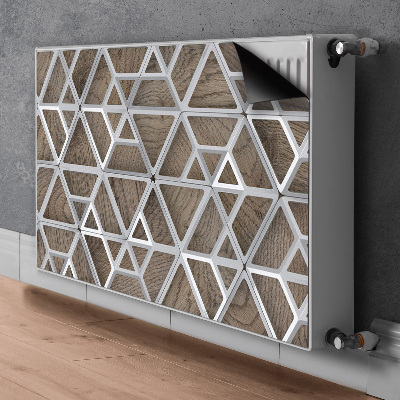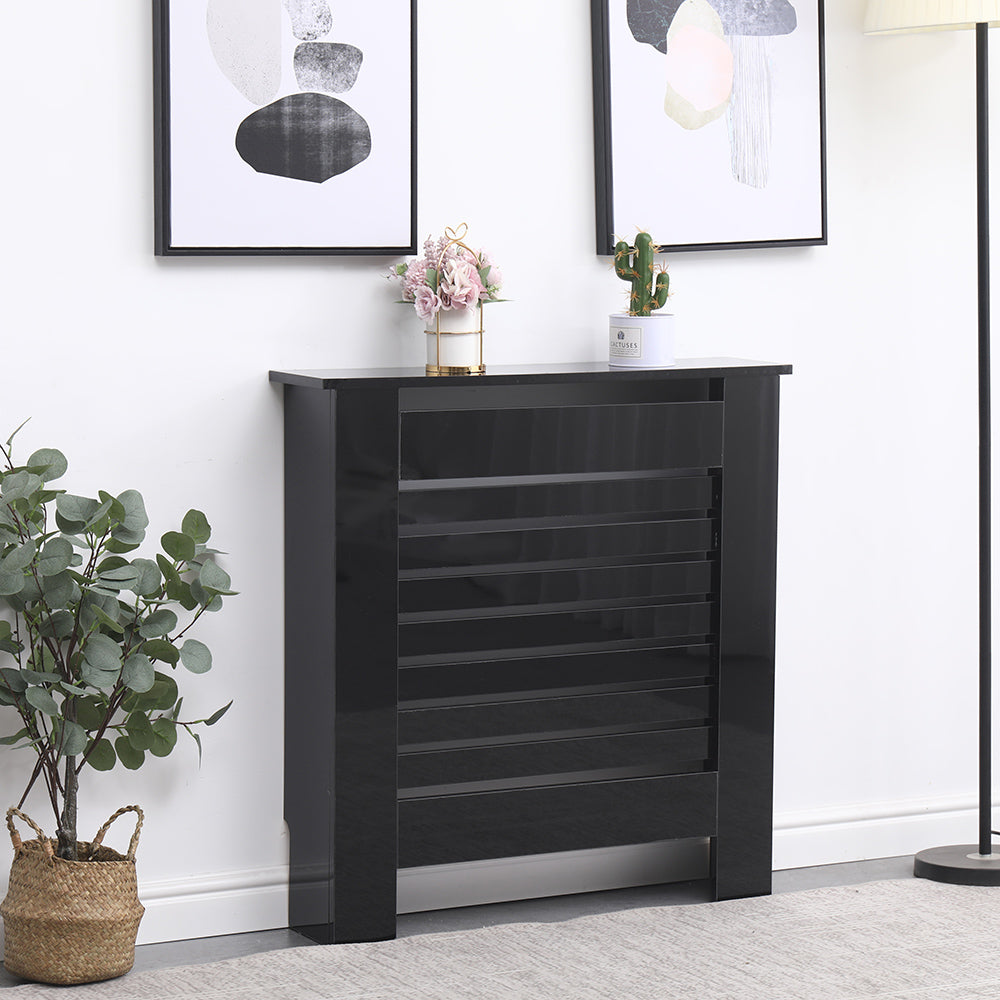How a Radiator Cover Can Increase Power Efficiency in Your Home
How a Radiator Cover Can Increase Power Efficiency in Your Home
Blog Article
Radiator Covers: Comprehending Materials, Layouts, and Benefits
Radiator covers serve both visual and useful functions within a home, offering a variety of products such as hardwood, metal, and MDF to fit numerous style choices. As designs evolveâEUR" from conventional to contemporaryâEUR" these covers not just enhance the visual charm of a room however additionally add to safety and security and energy efficiency. Picking the right radiator cover entails comprehending the nuances of materials, designs, and their associated advantages. This expedition elevates critical questions regarding how these components integrate right into your living atmosphere and what factors to consider should lead your selection process.
Kinds of Products


Wood covers, frequently crafted from woods such as oak or maple, give a traditional, warm appearance that complements typical interiors. Their durability and capability to be tarnished or repainted add to their convenience. Metal covers, commonly made from steel or aluminum, are preferred for their robustness and contemporary appearance, typically featuring sleek lines that improve contemporary rooms.
MDF, a manufactured timber product, is prominent for its cost-effectiveness and simplicity of personalization. It can be repainted or finished to match existing decor while using a smooth surface area. Plastic covers, while much less usual, are lightweight and immune to wetness, making them ideal for humid atmospheres.
Eventually, the option of product for a radiator cover need to straighten with the property owner's style preferences, practical demands, and the specific atmosphere where the cover will be set up. Each material uses a distinct personality, making sure that there is an alternative to suit every taste and setup.
Popular Style Styles
Stressing visual appeal, popular style styles for radiator covers show a series of preferences and interior style fads. Typical designs usually feature elaborate woodwork and ornate describing, making them suitable for vintage-inspired or traditional interiors. These covers commonly incorporate carved elements, offering a warm and welcoming feel to any type of area.
On the other hand, contemporary styles concentrate on minimalist aesthetics, identified by clean lines and underrated elegance. Materials such as metal or sleek timber with a smooth surface are generally made use of, allowing these covers to mix flawlessly into modern areas. Industrial styles, on the other hand, welcome raw materials like revealed metal and concrete, adding a bold declaration to loft space or urban settings.
For those looking for an unique touch, bespoke styles supply modification choices that accommodate individual preferences, allowing property owners to choose colors, patterns, and materials that complement their style. In addition, farmhouse-style covers incorporate rustic components, featuring distressed wood and straightforward forms that stimulate a cozy, nation appeal.
Advantages of Radiator Covers
Radiator covers not just boost the visual charm of a room however likewise provide numerous functional benefits that make them a worthwhile addition to any kind of home. One of the key advantages is safety, specifically in houses with children or family pets. Covers reduce the threat of burns from warm radiator surfaces, making sure a more secure atmosphere.
Furthermore, radiator covers can boost energy performance. By routing warmth into the room instead of allowing it to run away, they aid preserve a constant temperature, reducing heating prices over time. This is especially useful in older homes where radiator systems might be less effective.
An additional significant advantage is sound reduction. Radiators can occasionally generate undesirable sounds throughout procedure, and covers can help stifle these sounds, adding to a more peaceful home. Radiator covers can be useful, offering extra storage or screen area, thereby making the most of the energy of often-overlooked locations.
Lastly, they can safeguard radiators from dirt and debris, which can hinder efficiency and rise maintenance needs. With these combined advantages, radiator covers arise as a sensible solution for enhancing both the performance and style of any kind of home setting.
Setup Considerations
Installing radiator covers calls for careful factor to consider to make sure both performance and security (Radiator cover). Assess the measurements of your radiator and the surrounding room to make certain an appropriate fit. Precise measurements are crucial; an ill-fitting cover can block warmth flow or create safety and security dangers
Next, evaluate the material of the cover. While Find Out More timber supplies aesthetic allure, metal options may check out this site give better durability and heat resistance. Consider the weight of the cover as well; larger covers may require additional assistance or supports to prevent drooping or damage gradually.
Ventilation is an additional essential aspect. Covers have to feature adequate air movement to avoid overheating and keep effective home heating. Look for styles with slats or openings that permit warm to distribute without obstruction.
Additionally, make certain that the cover is safely placed to avoid crashes, specifically in homes with family pets or children. Radiator cover. It's suggested to adhere to the maker's setup guidelines very closely and, if necessary, consult a specialist for complex setups
Maintenance and Care Tips
Appropriate maintenance of radiator covers is essential for guaranteeing their long life and optimum performance. For painted or wood covers, take into consideration an ideal gloss or safety finishing to keep their look.
Check the covers occasionally for signs of wear or damage, such as cracks or peeling paint. Attending to these problems immediately can stop further damage. Make certain that the covers are securely fastened and look for any kind of loose screws or fittings, as resonances from the radiator can loosen them gradually.
In chillier months, avoid placing hefty objects or decorative items on top of the radiator covers, as this can hinder warm distribution and cause unneeded anxiety to the framework. Consider seasonal maintenance by getting rid of the covers for complete cleansing and assessment throughout warmer months when the home heating system is inactive. Embracing these simple care suggestions will improve the efficiency and aesthetic allure of your radiator covers, guaranteeing they serve their function properly for many years ahead.

Verdict
In summary, radiator covers offer as aesthetic and practical improvements to household spaces. Careful consideration of installation and upkeep additional ensures the long life and efficiency of radiator covers in any home setting.
Radiator covers serve both visual and practical objectives within a home, using a range of products such as mdf, hardwood, and steel to match different design preferences. Choosing the ideal radiator cover entails recognizing the nuances of materials, designs, and their associated advantages.Highlighting aesthetic appeal, popular style styles for radiator covers reflect an array of preferences and indoor layout patterns.Radiator covers not just improve the aesthetic charm of a space yet also provide a number of practical advantages that make them a rewarding addition to any home. Consider the weight of the cover as well; heavier Learn More Here covers may require added assistance or reinforcements to prevent sagging or damages over time.
Report this page